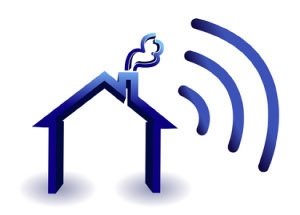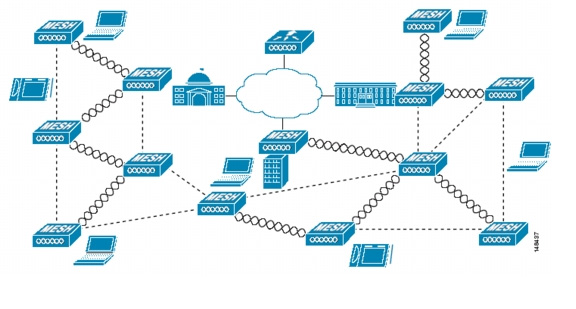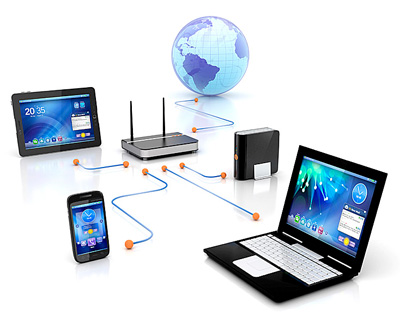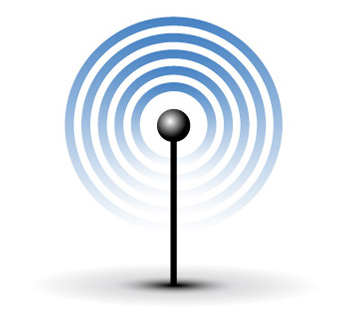We BCPL are a niche player with coveted skills and hands-on experience in selected HAN technologies.
A home-area network (HAN) connects in-home digital devices, such as PCs, mobile phones, entertainment technology, thermostats, home security systems and smart appliances, into a common network. An important function is the sharing of Internet access, often a broadband service provisioned by Internet service providers (ISPs).
In the context of energy utilities, HAN is a means for utility companies to extend their reach beyond the meter, and to incorporate the "smart thermostat," direct load control appliances, smart appliances and in-home energy display into utility systems, as well as to enable demand response (DR) and energy efficiency programs.
Physical transmission media for HAN: Home networks may use (a) wired or (b) wireless technologies.


Typically use shielded or unshielded twisted pair ETHERNET cabling, such as any of the Category 5 (CAT5) or Category 6 (CAT6) classes, but may also be implemented with COAXIAL cable, or over the existing ELECTRICAL power wiring within homes.
Also known as wireless local area network (WLAN) typically uses a Wi-Fi (802.11a /b /g/n) system which operates around 5Ghz and 2.4Ghz bands.
We are probably few companies in the World to work with "Super WiFi" based on IEEE 802.22, is a standard for Wireless Regional Area Network (WRAN) using white spaces in the TV frequency spectrum.
In Wireless HAN domain the various other standards or protocols or platform or architecture which we are conversant and have hands-on experience are

